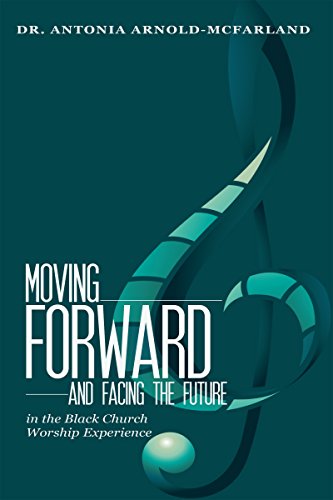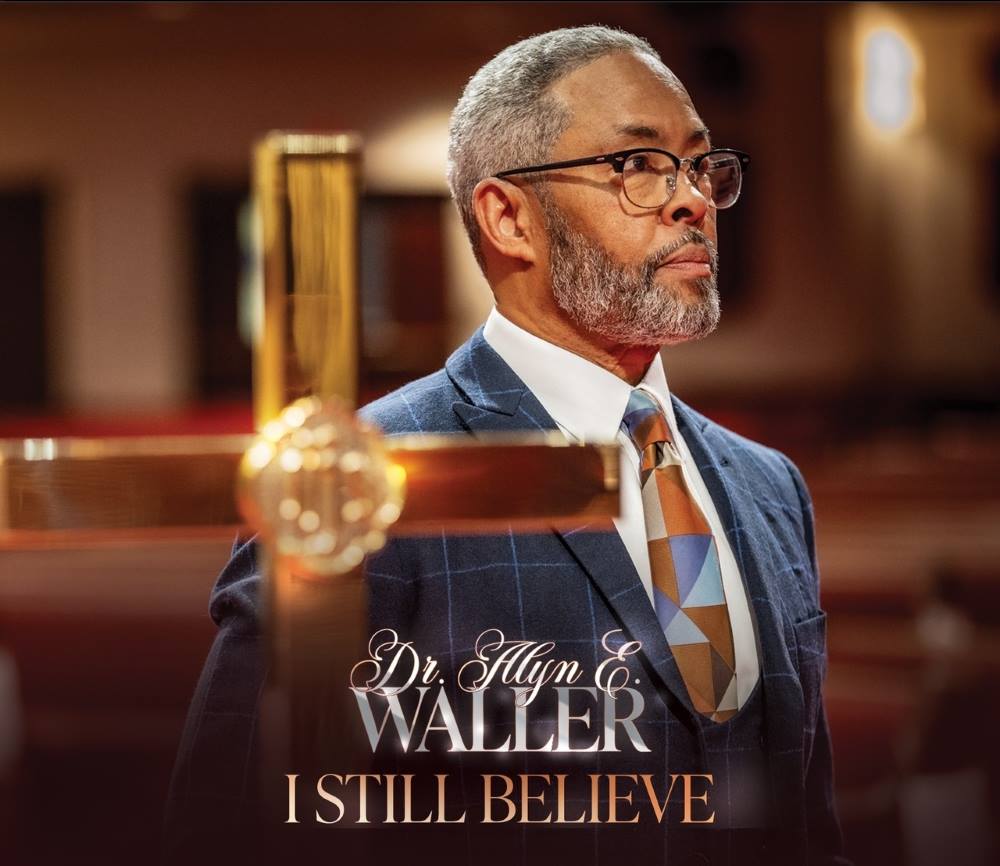 Moving Forward and Facing the Future in the Black Church Worship Experience. By Dr. Antonia M. Arnold-McFarland. EFlat Major Productions, 2018. 155pp. (softcover). Appendices. ISBN 9-781732-336506
Moving Forward and Facing the Future in the Black Church Worship Experience. By Dr. Antonia M. Arnold-McFarland. EFlat Major Productions, 2018. 155pp. (softcover). Appendices. ISBN 9-781732-336506
By Bob Marovich
An engineer by training, Dr. Antonia Arnold-McFarland earned certification in Six Sigma, a process improvement technique developed at Motorola in 1980. As a practitioner and consultant in music and worship arts ministry, she had an idea: what if the principles of Six Sigma and the A3 Methodology could be applied to improve the effectiveness of African American church music ministries?
After all, people are people, whether in the church or on the factory floor, and group dynamics are just as important in the choir stand as in the conference room. Teaching and learning music are processes designed to produce the desired outcome of spiritually fulfilling worship services.
This was the conceit that drove Arnold-McFarland’s doctoral work, aided by her research-based Gospel Music One Sound Project. She created Moving Forward and Facing the Future in the Black Church Worship Experience as a brief, readable primer based on the findings summarized in her dissertation.
Since worship, Arnold-McFarland posits, is an “overall lifestyle,” it should not be confined to the local church: it also inhabits the community and the gospel music industry. Thus, her perspective encompasses all three “worship spaces” and because worship is so pervasive, those who lead people to worship must not only be talented but skilled. She uses the biblical example of the Levites, worship leaders expected to spend time in serious training before plying their trade before the public.
Armed with these premises, the book follows a general chronology of African American church music history, beginning with a brief survey of historical events that contributed to the current era of gospel music. It’s an uncertain future for worship that gives Arnold-McFarland cause to sound the alarm for better trained music and worship arts teams.
From there, the book moves to its most important contribution: leveraging the proven techniques of Six Sigma process improvement to advance music ministry, whether it be the choir, worship team, musicians, dance team, or other participant groups. Arnold-McFarland populates if/then grids with the data she received from her doctorate studies survey, called the Gospel Music One Sound Project, to offer music ministers and choir directors best practices to solve a variety of challenges impacting improvement.
The series of appendices offers solutions to problems that plague music ministers-from choir members who dislike change to those who want the worship team to sing the flavor of the month, even if it does not suit the church’s demographic.
Arnold-McFarland’s trajectory of black sacred music from spirituals to gospel is far less linear than her argument would have you believe, that it “flows more closely with the ecstatic style” of Pentecostal churches. In truth, while Pentecostal churches contributed greatly to the evolution of gospel music, the hymns of mainstream Protestant churches contributed equally. Also, the book would have been even better had Arnold-McFarland briefly outlined the principles of Six Sigma at the outset so readers could easily link the process improvement techniques to the recommendations in the book.
Whether they read the book cover to cover or not, music ministers and worship leaders will find Moving Forward and Facing the Future in the Black Church Worship Experience a helpful reference for when the church harmony becomes disharmony and the singers and musicians need a course correction.
Three of Five Stars
Written by : Bob Marovich
Bob Marovich is a gospel music historian, author, and radio host. Founder of Journal of Gospel Music blog (formally The Black Gospel Blog) and producer of the Gospel Memories Radio Show.





